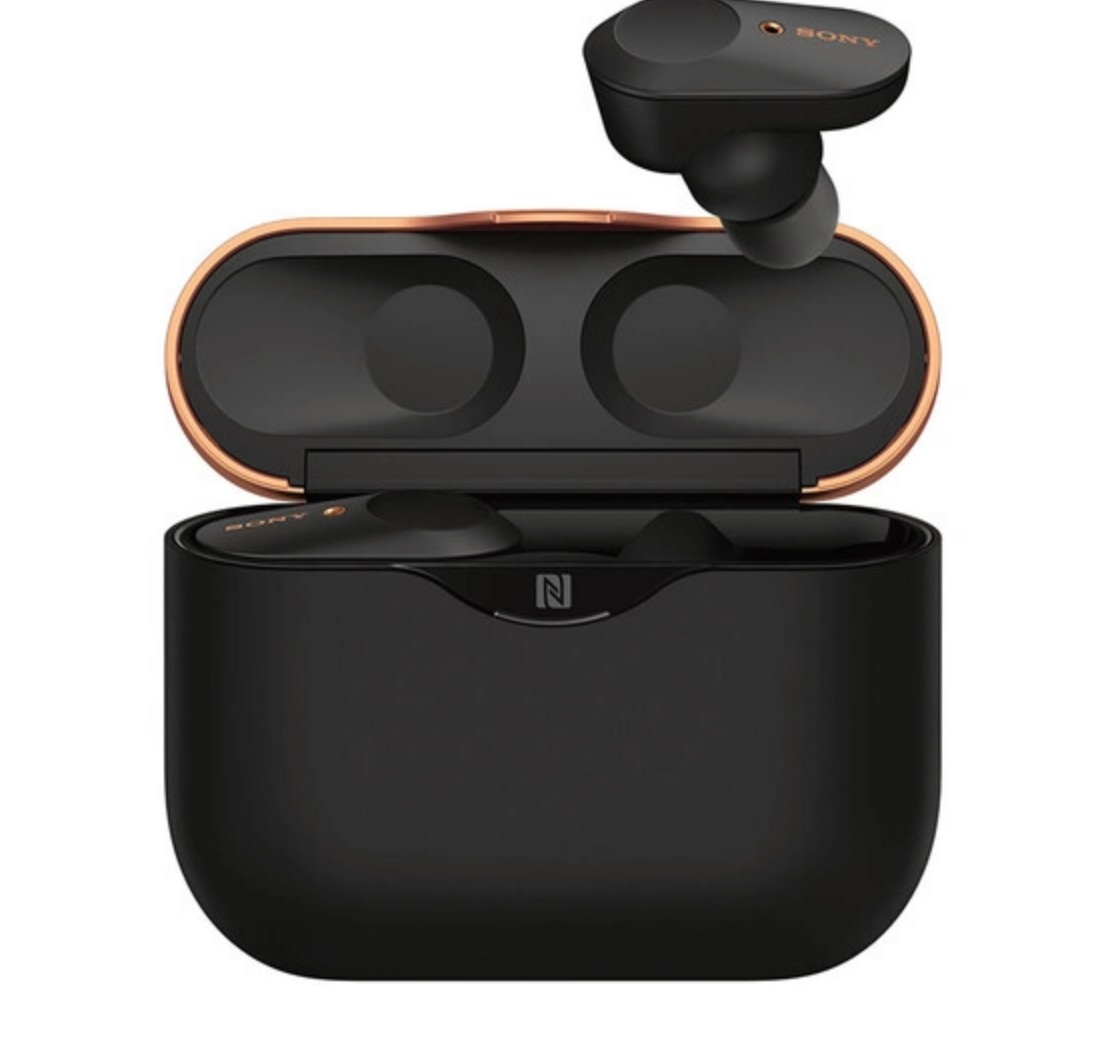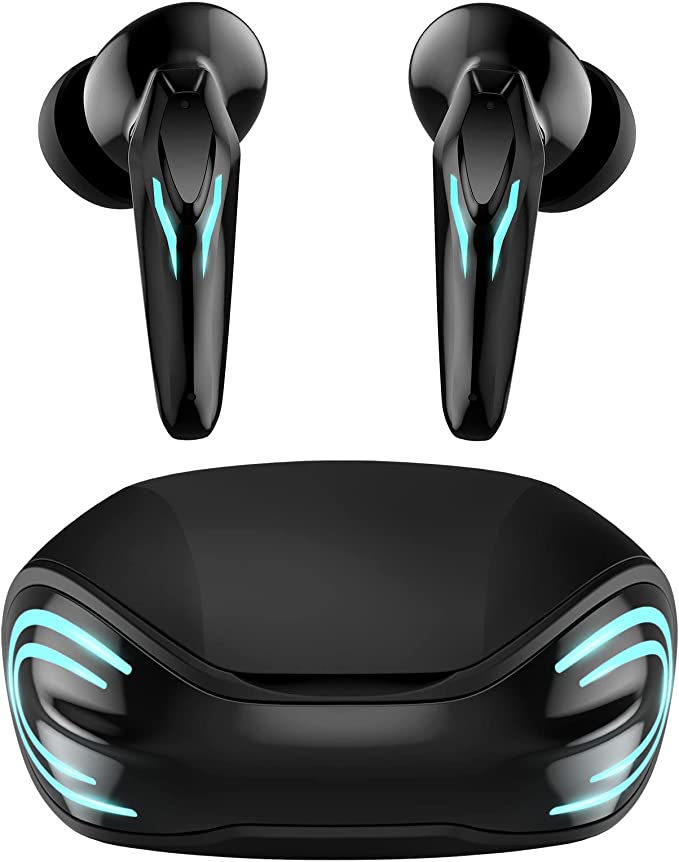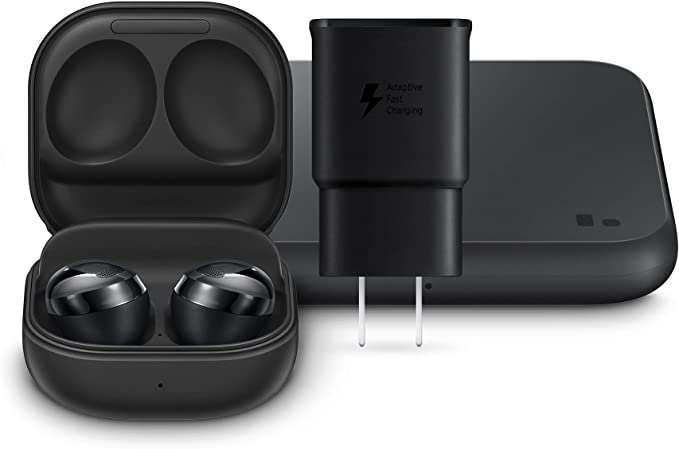AKSONIC AKPODS Wireless Bluetooth Earbuds
Update on June 26, 2025, 6:33 p.m.
Picture the scene: you’re in a bustling coffee shop, the hiss of the espresso machine dueling with a nearby business call and the low rumble of street traffic. You’re trying to focus, to find a sliver of quiet in the chaos. In our hyper-connected, always-on world, this daily barrage of sound isn’t just a nuisance; it’s a form of cognitive friction, a constant tax on our attention. What we crave is a personal oasis, a bubble of tranquility we can command into existence. For decades, this power was elusive, but today, it’s being engineered into devices small enough to fit in our pockets. Using the AKSONIC AKPODS as our guide, let’s journey into the elegant science that carves out that peace and fills it with pristine sound.

The Symphony of Silence: The Art of Active Noise Cancellation
How can you fight sound with… more sound? It seems paradoxical, but that’s the beautiful principle at the heart of Active Noise Cancellation (ANC). This technology, first conceived by Dr. Amar Bose during a noisy transatlantic flight in 1978, doesn’t just block sound like a physical barrier; it actively erases it.
Imagine sound as a wave traveling through the air, with crests and troughs. On the outside of an earbud like the AKPODS, a tiny microphone constantly listens to the low-frequency ambient noise around you—that relentless drone of a train or an office ventilation system. This captured soundwave is instantly analyzed by an internal processor. The processor’s sole job is to create a perfect sonic mirror image: a new wave that is 180 degrees out of phase with the original. This is “anti-noise.”
When the earbud’s internal speaker plays this anti-noise wave, it meets the incoming noise wave at your eardrum. Here, the magic of physics, known as destructive interference, takes over. The crest of the noise wave aligns perfectly with the trough of the anti-noise wave. They cancel each other out, leaving a remarkable stillness. It’s a masterful act of acoustic judo, using the energy of the noise to defeat itself. This is the “active” part of the equation, which works in concert with the “passive” noise isolation provided by the snug-fitting silicone ear tips that physically block higher-pitched, more sudden sounds. It’s a two-pronged strategy for silence.

The Invisible Leash: The Freedom of Bluetooth 5.1
The leap to “true wireless” earbuds promised total freedom from physical tethers. The technology that makes this promise a reality is Bluetooth, and its evolution has been critical. The AKPODS are built upon Bluetooth 5.1, a mature and robust standard governed by the Bluetooth Special Interest Group (SIG). This isn’t just an incremental update; it’s the very backbone of a stable user experience.
Compared to older versions, Bluetooth 5.1 brings three key advantages to the table. First, it’s significantly more power-efficient, allowing the tiny lithium-ion batteries inside the earbuds to last for hours of continuous play. Second, it offers a more stable connection over a greater distance—up to about 30 feet (10 meters) in open spaces. This means fewer frustrating skips and dropouts when you leave your phone on the bench at the gym or walk across your living room. Finally, it streamlines the connection process. Features like Auto Pairing, where the earbuds connect to your device the moment they leave the case, are made virtually instantaneous and reliable by this protocol, removing a small but persistent daily friction point.

The Pulse of the Music: Drivers, Bass, and the Speed of Sound
Once you’ve achieved silence, you need to fill it with high-quality audio. The heart of any earbud is its driver, and in the AKPODS, this is a 12mm dynamic driver. Think of it as a miniature, precision-engineered piston. It uses an electromagnet to vibrate a diaphragm, which pushes air to create the sound waves that become music. The relatively large 12mm diameter allows the diaphragm to move a greater volume of air. According to basic acoustic principles, moving more air is essential for reproducing low-frequency sounds with authority. This is the physics behind the “Deep Bass” promise—the ability to deliver a full-bodied, impactful low end without it sounding muddy or bleeding into the clarity of vocals and instruments.
But what about sound that needs to be perfectly timed, like in movies or games? The enemy here is latency—the delay between when an event happens on screen and when you hear its corresponding sound. Human brains are incredibly sensitive to this, and anything over about 80-100 milliseconds can create the disorienting feeling of a badly dubbed foreign film. The inclusion of a dedicated Gaming Mode is an engineering solution to this, designed to reduce that delay to under 60ms. At this speed, the audio-visual sync is virtually seamless, ensuring a deeply immersive experience where what you see and what you hear are one.

The Unending Rhythm: Powering the Experience
All this sophisticated technology is useless without the power to run it. The anxiety of a dying battery is a uniquely modern affliction. The AKPODS tackle this with a clever power ecosystem. The earbuds themselves provide around 6 hours of listening, but the charging case is more than just a holder; it’s a portable power bank containing its own battery, ready to refuel the earbuds multiple times for a total of about 40 hours of playtime.

This ecosystem is supported by two universal charging standards. The USB-C port, standardized by the USB Implementers Forum (USB-IF), offers robust, reversible, and faster charging. And for ultimate convenience, the case supports wireless charging, likely based on the ubiquitous Qi standard from the Wireless Power Consortium. This technology uses Faraday’s law of induction, creating a magnetic field to transfer energy without any physical connection. Simply placing the case on a charging pad keeps the entire system topped up and ready for your next escape into sound.
These devices are more than just a collection of features on a spec sheet. They represent a remarkable convergence of physics, engineering, and chemistry, all working in concert. From the wave-canceling artistry of ANC to the radio-frequency ballet of Bluetooth, they are tools that empower us to curate our own environment, to find focus in the chaos, and to paint our personal silence with the vibrant colors of sound. They are, in essence, a portable key to your own private oasis.



























































